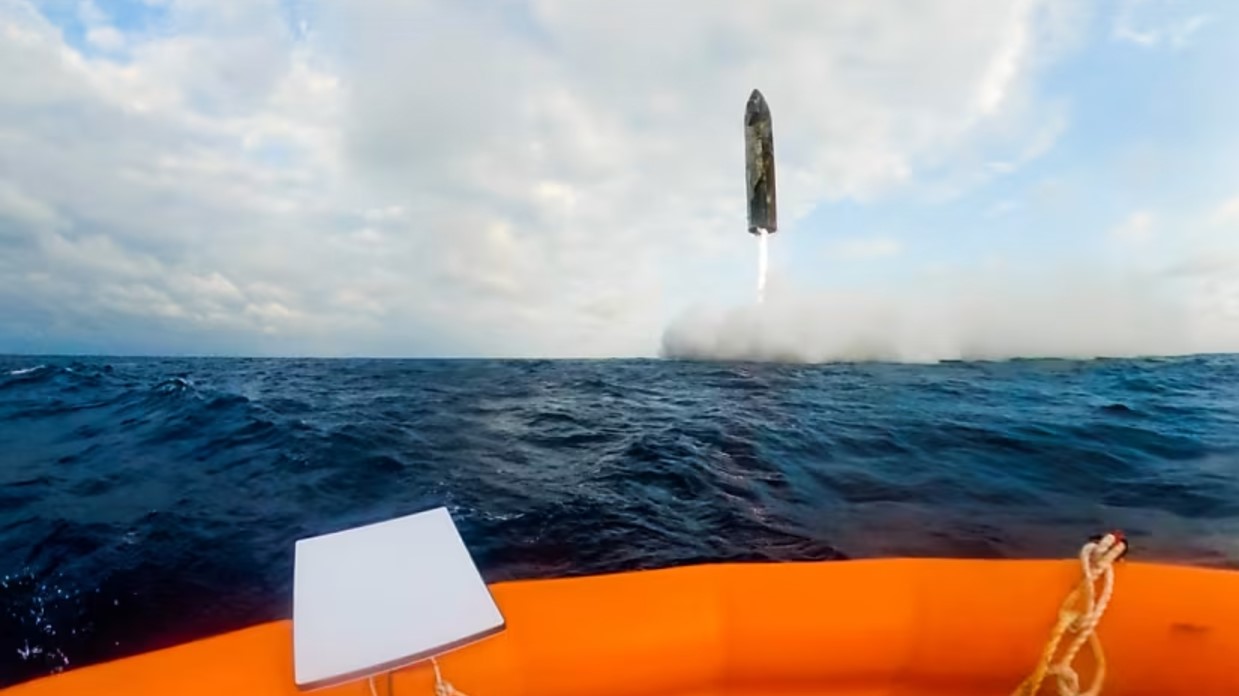Aware that North Korea is much further advanced than Iran with its nuclear weapons programme (North Korea has fission-class nuclear weapons, Iran does not yet have them) and appreciating that North Korea is now verbally threatening the continental USA with nuclear war, US Defence Secretary, Chuck Hagel, has decided to suspend construction of a ballistic missile defence over Europe to defend against Iran’s perceived ballistic missile threat, in favour of one countering North Korea’s nascent internconintental ballistic missile (ICBMs) capability.
In an announcement Chuck Hagel disclosed that this change will include the addition of 14 more interceptor missiles of the Ground-based Midcourse Defence (GMD) system to the 26 already located in silos at Fort Greely, Alaska. A further four interceptor missiles are located at Vandenberg, Califormia. The new interceptor missiles will be placed at Fort Greely by September 2017 and will cost an extra $1 billion presumably from funds redirected from the suspended Europe-based system.
Ground-based Midcourse Defence (GMD) system interceptor missile being emplaced in a silo at Fort Greely, Alaska. Courtesy: SMDC
For a short while there was hope in US diplomatic circles that the announcement would help relations with Russia which had long been opposed to US plans to deploy anti-ballistic missiles in Europe to protect the continent against Iranian ballistic missiles. Nevertheless, the announcement has been met with a cool reception from both Russian and China who realise that the new Alaska-based missiles will be able to intercept more of their own ballistic missiles in time of war. Meantime, Iran’s own ballistic missile and satellite launch vehicle programme is not going well. The Iranian space programme is reported to have had a launch failure in February.
Russia was originally concerned that if interceptors had been located in Poland, they could have been used against their own medium-range and long-range ballistic missile systems. Later, to try to appease Russia, and to lower the overall cost of deployment, these missiles were changed to the smaller less-capable (in terms of range) Standard Missile SM-3* design.
*Standard Missile SM-3 missiles are already deployed against North Korea on Aegis-system-equipped cruisers and destroyers of the US and Japanese Navies.








